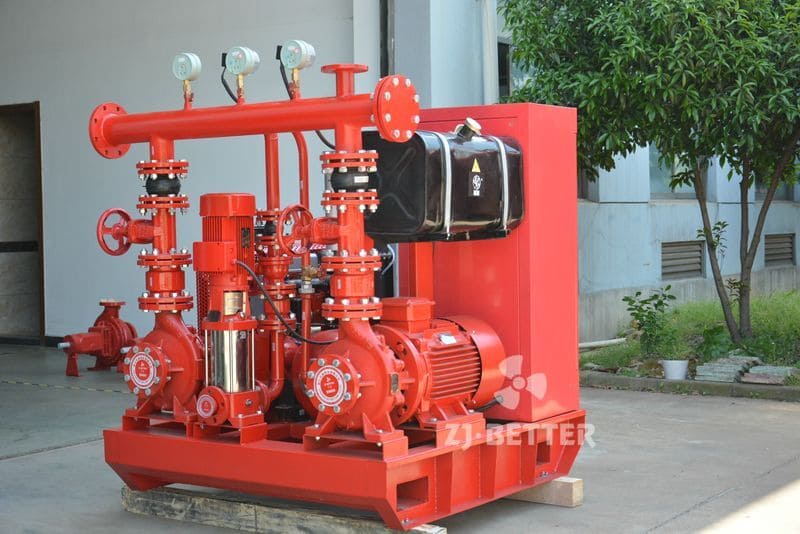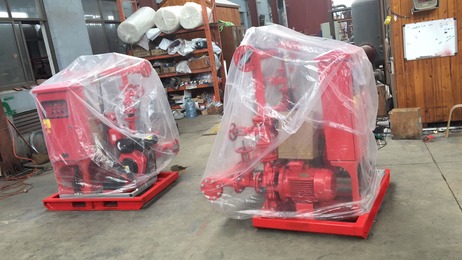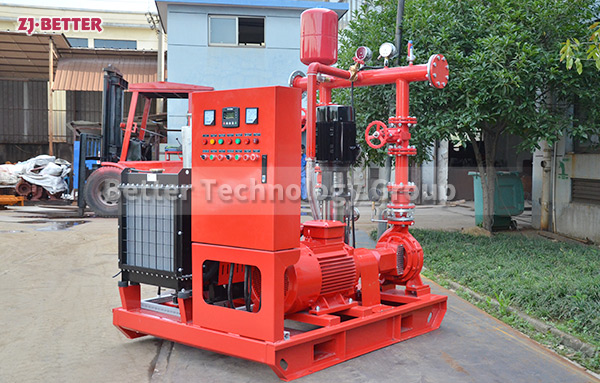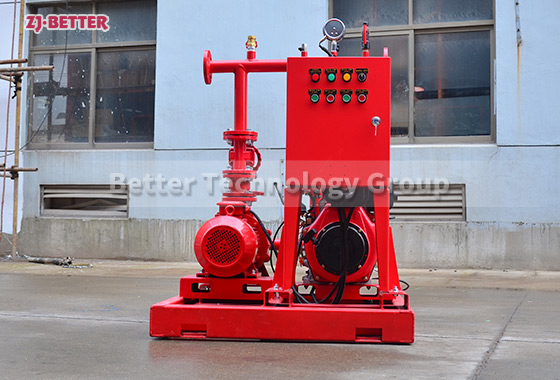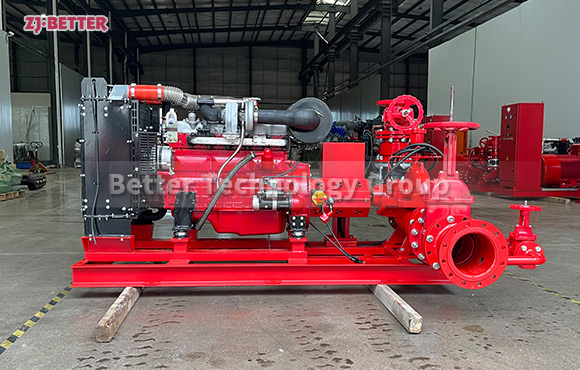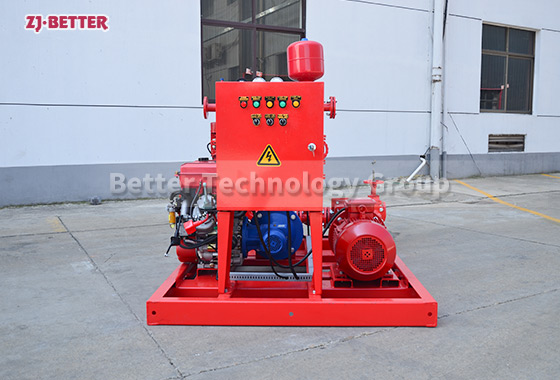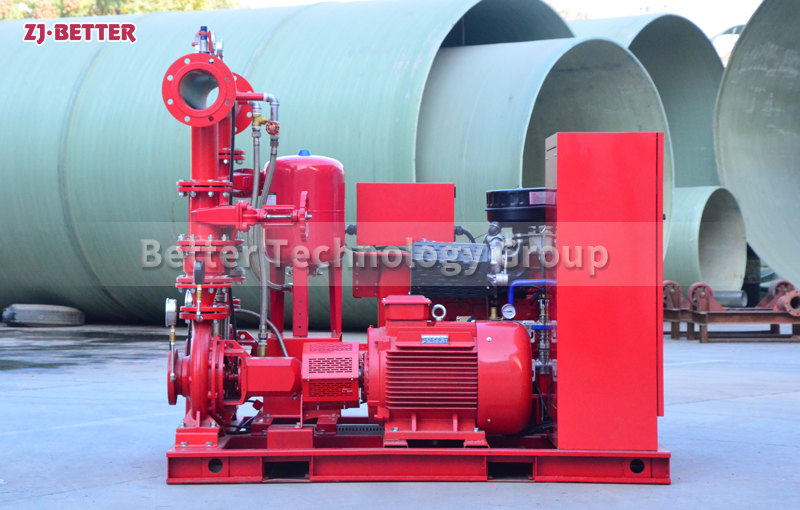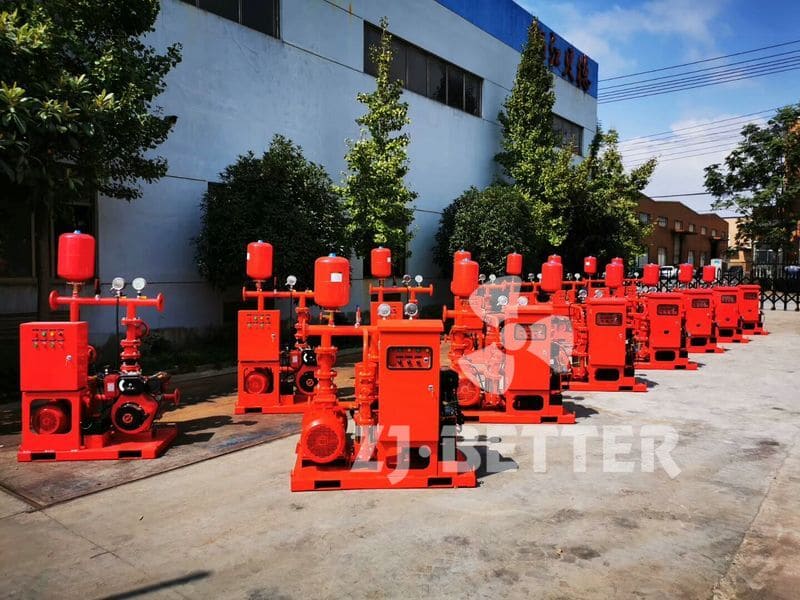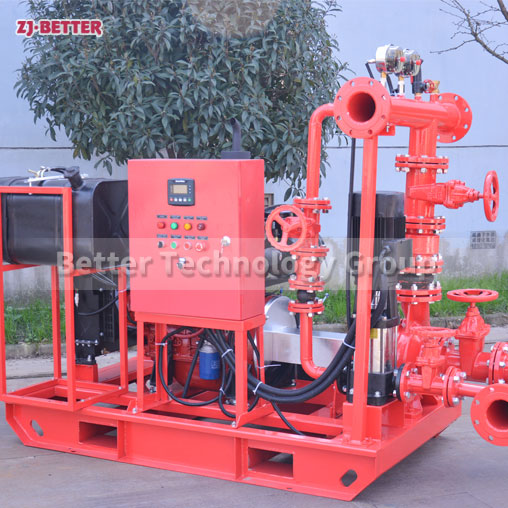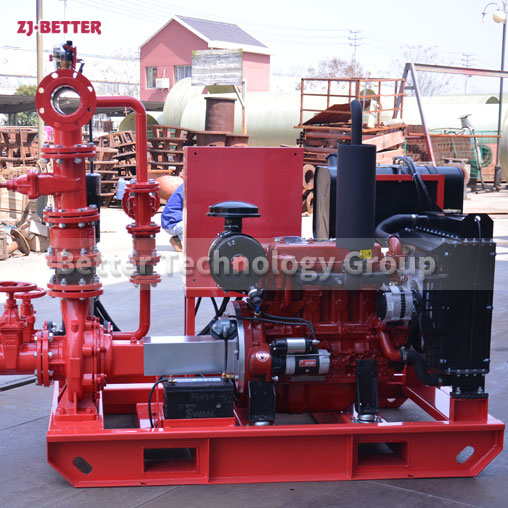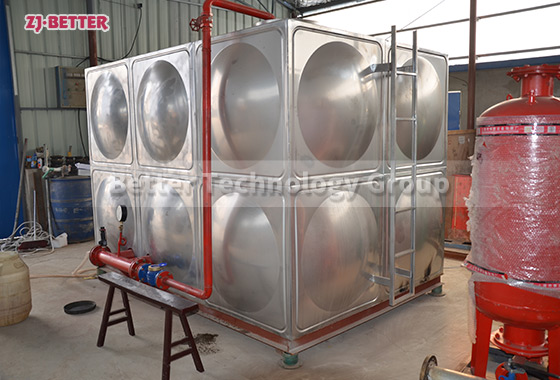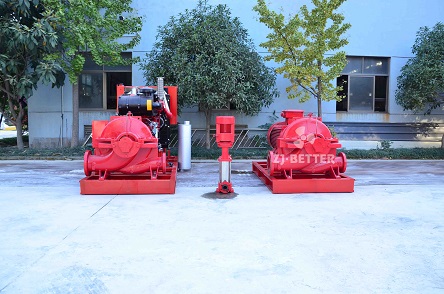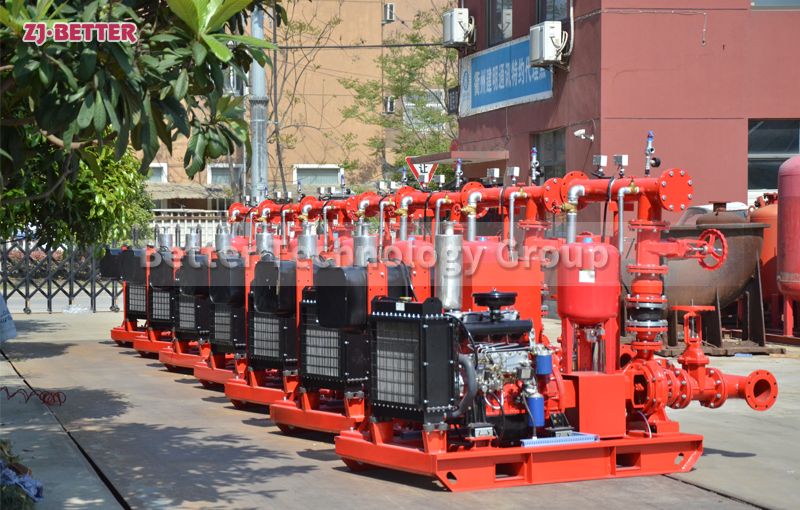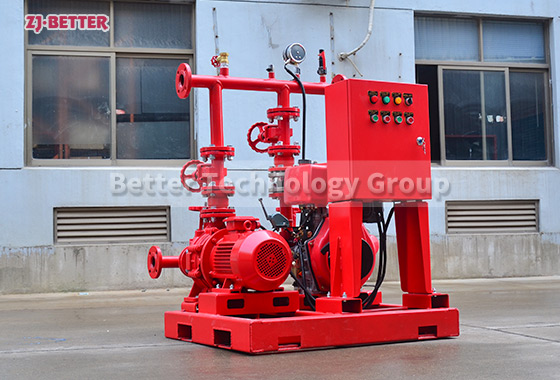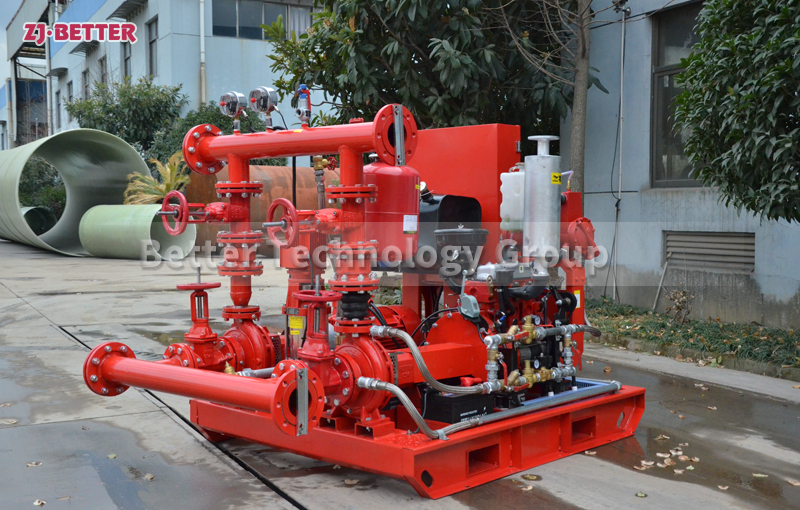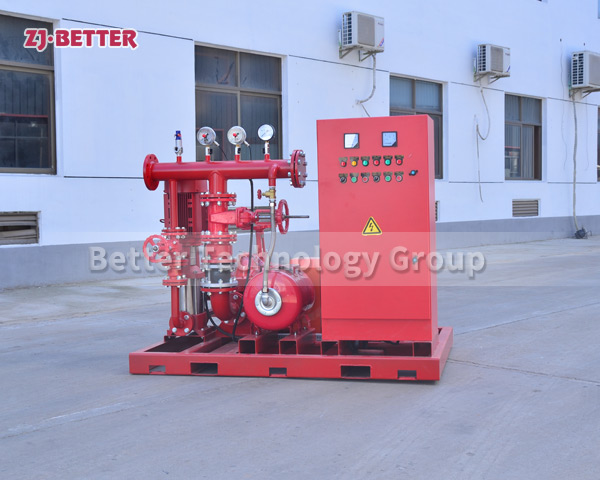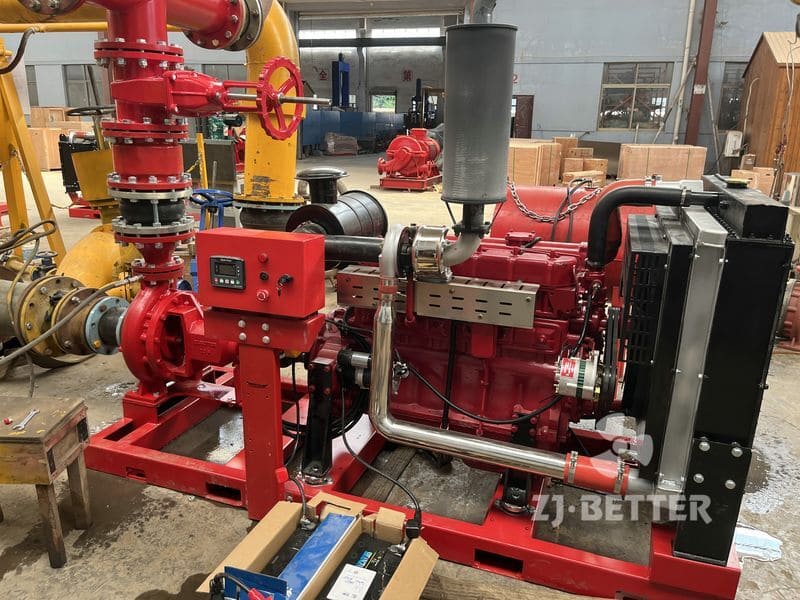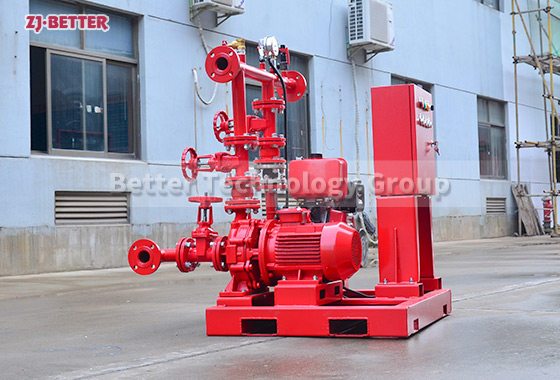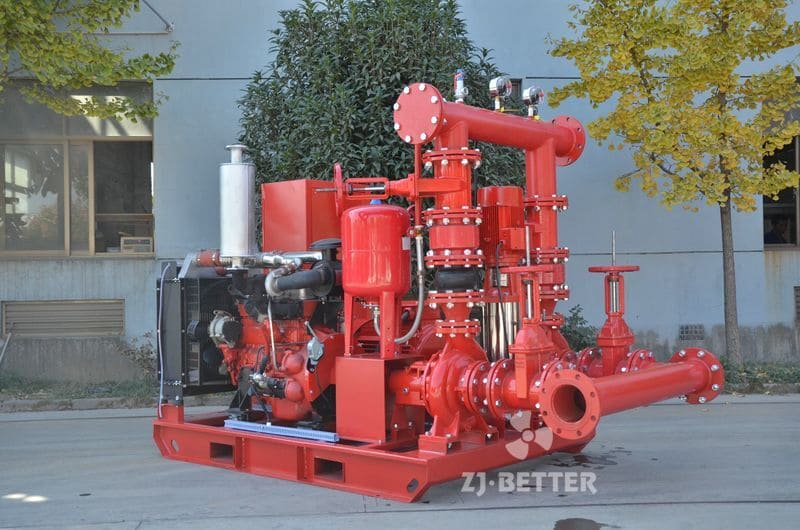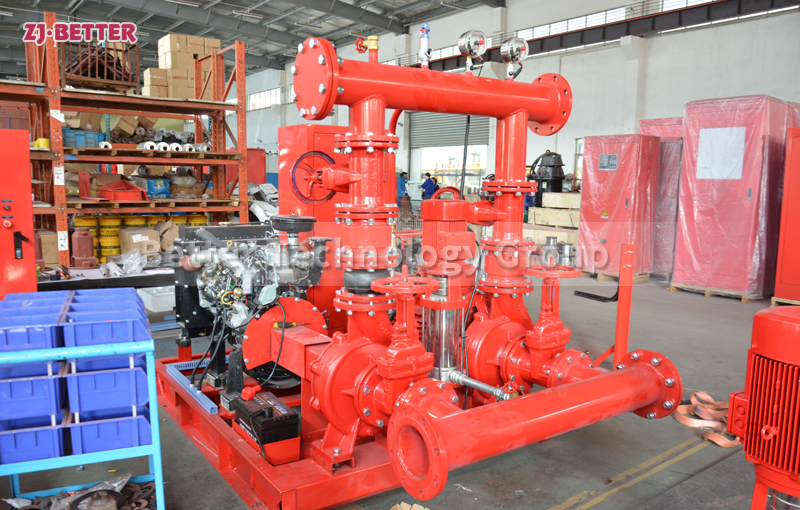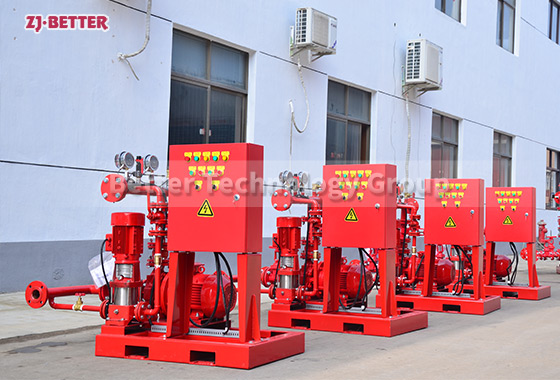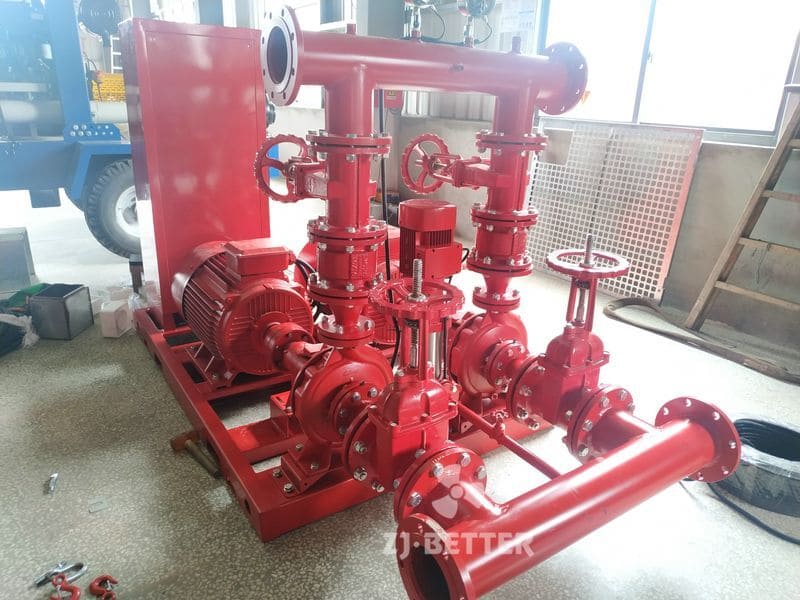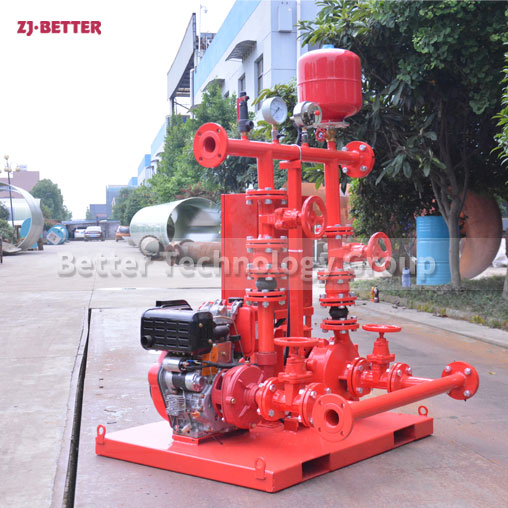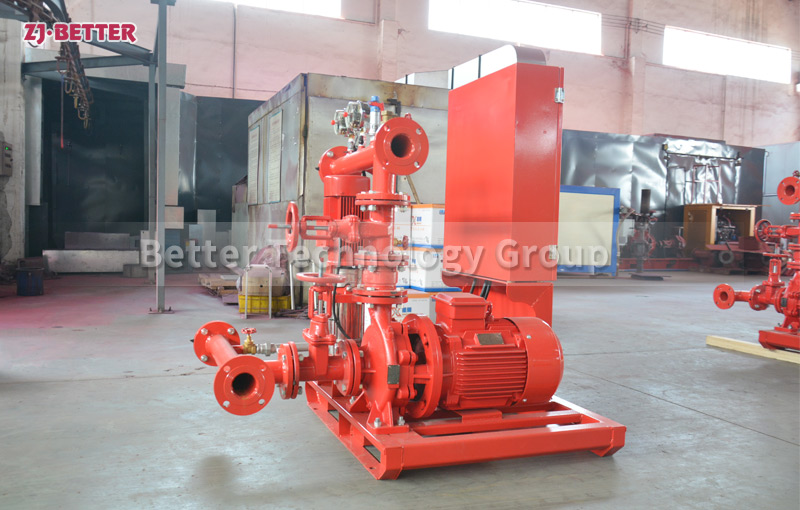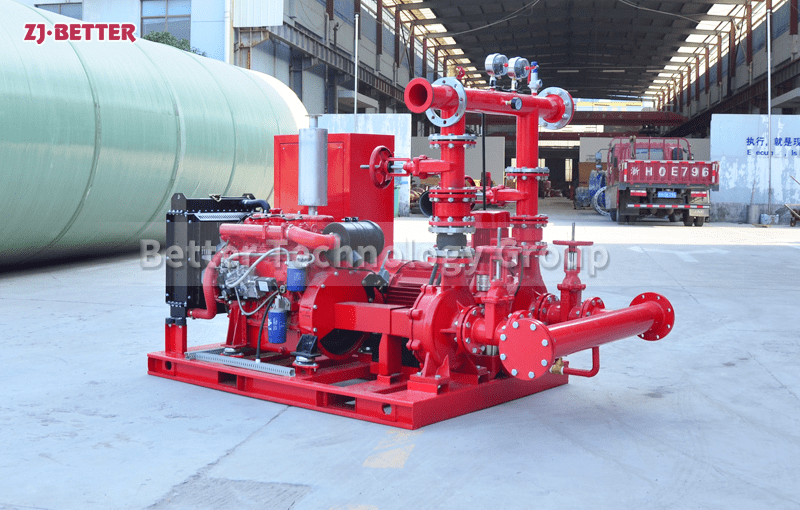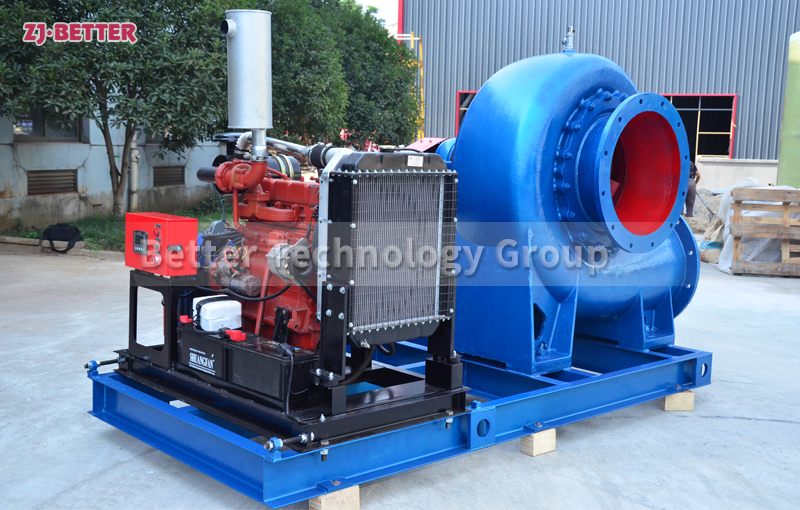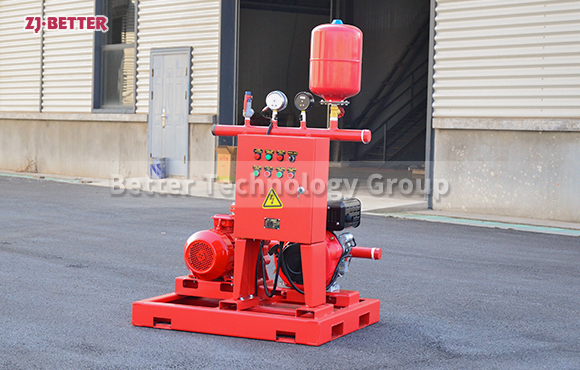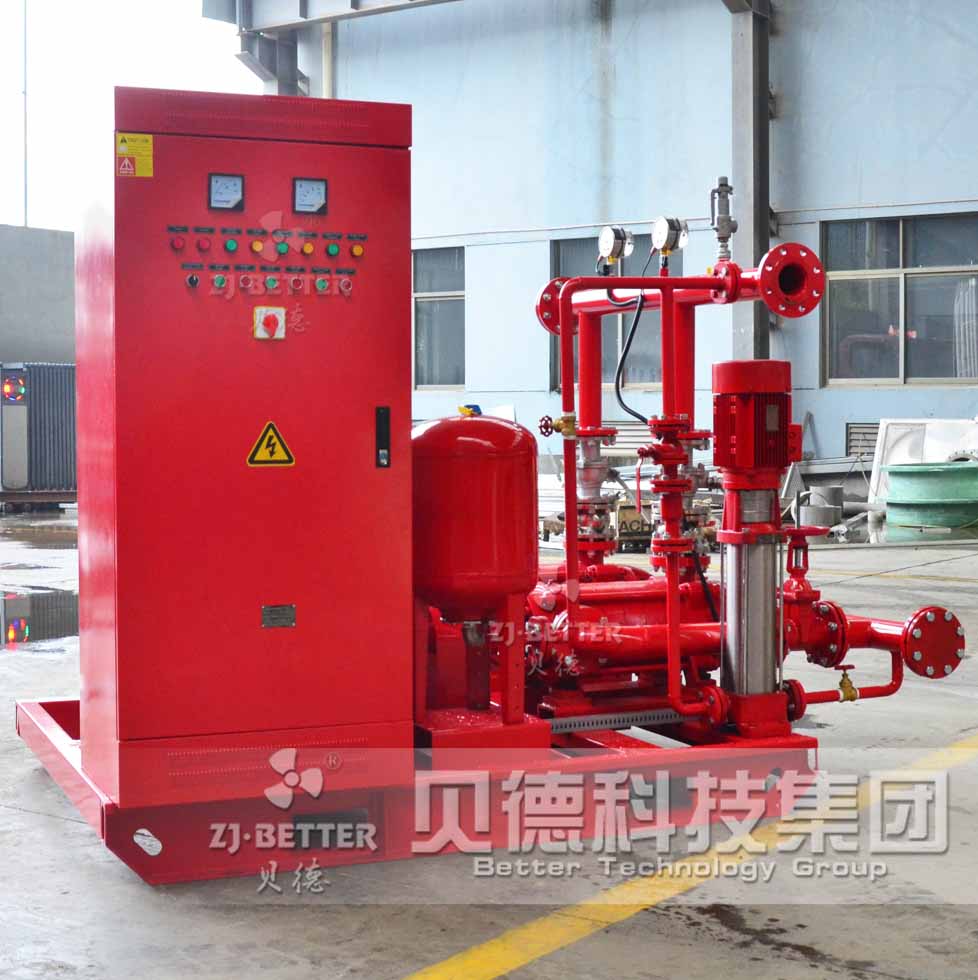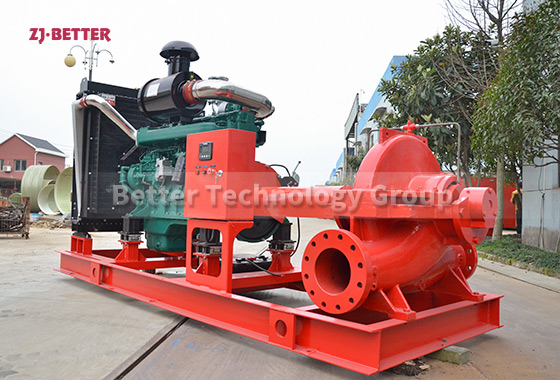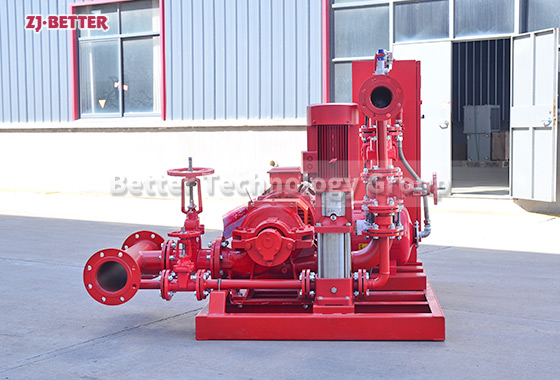Fire Pump Set Without Inlet Pipe According To Customer Requirements
According to customer requirements, the fire pump set is composed of electric pump, diesel pump and jockey pump. Both manual and automatic operation are available. The three pumps are automatically switched and can work even when power is off. Our company is a professional The company has a professional sales and technical team, which can be customized according to its own needs.
1. Electric pump, can use single stage pump, horizontal split case pump, end suction pump, multistage pump, material can be cast iron, stainless steel, and bronze impeller
2. Diesel engine pump, with capacity and head equal to electric pump, with fuel tank, water tank£¬fan, control box.
Diesel engine pump also can use end suction ,split case ,multistage pump can according to the flowrate ,head .
Different Diesel Model use different tank capacity.
3. Jockey pump, horizontal or vertical, capacity will be small, but head should be higher than electric and diesel engine pump
Jockey material casing :cast iron ,shaft and impeller SS304

